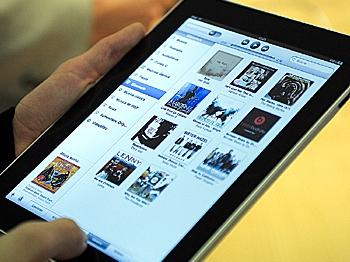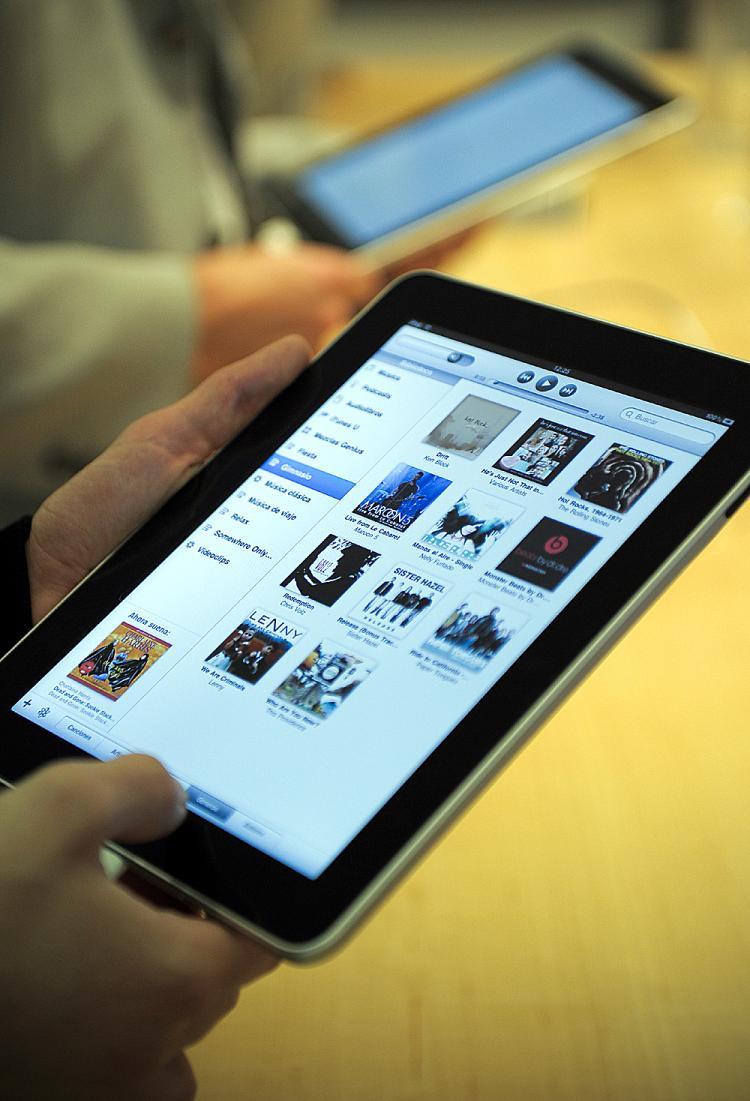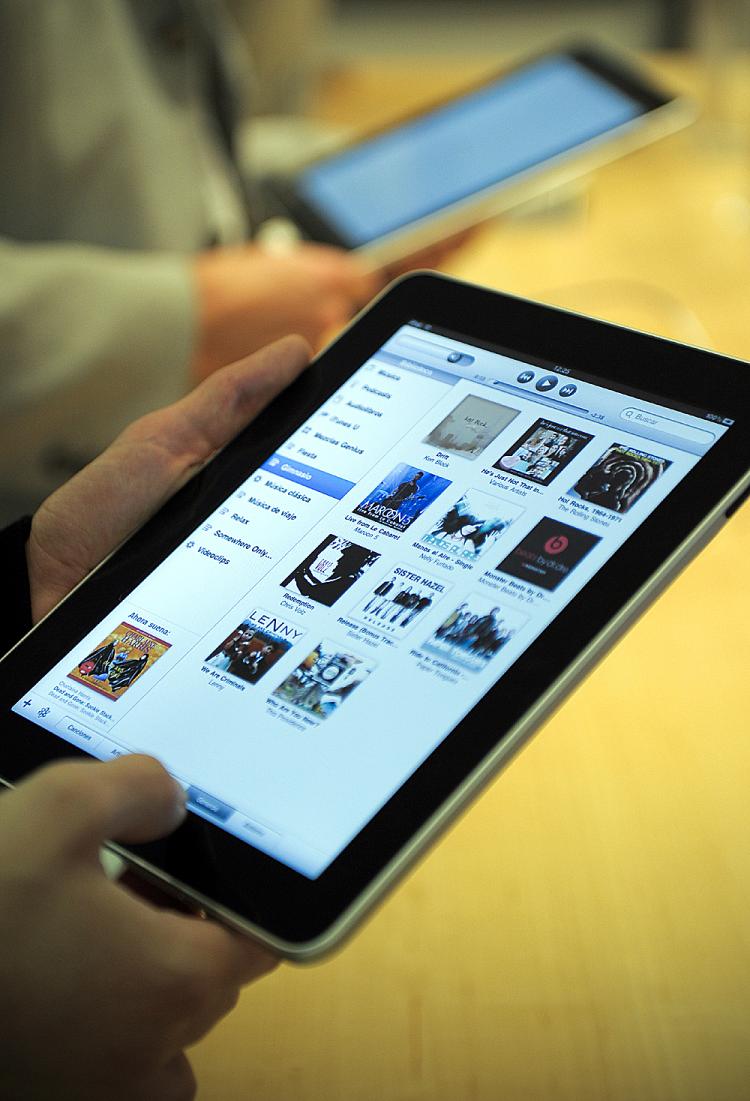A major breach last week has iPad users concerned about their security—AT&T’s 3G network servicing the Apple iPad exposed more than 114,000 private e-mail addresses of Apple iPad 3G owners. While AT&T claims the breach is closed, the FBI is continuing to examine the “the potential cyber threat” it may have caused.
“While most everyone is aware that security is important, very few of us understand what goes into securing the software, hardware, and networks that contain our most valuable asset—our identity. AT&T’s breach is a perfect example of how at risk we are,” says David A. Milman, CEO of the computer repair and support company RESCUECOM in a press release.
In an effort to protect iPad users, RESCUECOM recommends five essential security checks to protect personal data:
1. Turn off the 3G Network: While AT&T has stated that there is no more threat to customers, turning off 3G wireless Internet service, at least temporarily, will protect an individual’s personal data from any further attack.
2. Request a new SIM card from AT&T: The ICC-ID number that the hackers breached is attached to each user’s SIM, the card linking an individual iPad to its user. Changing the SIM card would change the ICC-ID as well, rendering that information useless.
3. Confirm any e-mail from Apple or AT&T: The most likely threat to iPad users comes from what are called “phishing attacks”—fraudulent e-mails disguised as being from a trusted source. These attacks trick users into giving away personal information or into opening e-mails that may install malicious programs.
In this case, the e-mails would most likely appear to come from Apple or AT&T, as most users would expect. RESCUECOM suggests that if an iPad owner gets an e-mail asking for information, they should confirm that it came from the real Apple or AT&T—remember that the real companies never ask for personal or login information in an e-mail.
4. Change your e-mail: The simplest solution is to stop using the compromised e-mail address. AT&T states that the only information illicitly obtained was user’s e-mail addresses. Changing your address would eliminate this threat.
5. Be careful what you use the iPad for: Using the iPad is, most likely, still safe. However, to best protect personal data, users should be careful what they use the iPad for. Avoid tasks such as mobile banking or anything that transmits personal information, especially when on a 3G network.
For those who are still considering purchasing an iPad, Milman recommends that, as with all new technology, consumers would be wise to wait at least six months for the manufacturer to “work the major bugs out of the system.”
“While most everyone is aware that security is important, very few of us understand what goes into securing the software, hardware, and networks that contain our most valuable asset—our identity. AT&T’s breach is a perfect example of how at risk we are,” says David A. Milman, CEO of the computer repair and support company RESCUECOM in a press release.
In an effort to protect iPad users, RESCUECOM recommends five essential security checks to protect personal data:
1. Turn off the 3G Network: While AT&T has stated that there is no more threat to customers, turning off 3G wireless Internet service, at least temporarily, will protect an individual’s personal data from any further attack.
2. Request a new SIM card from AT&T: The ICC-ID number that the hackers breached is attached to each user’s SIM, the card linking an individual iPad to its user. Changing the SIM card would change the ICC-ID as well, rendering that information useless.
3. Confirm any e-mail from Apple or AT&T: The most likely threat to iPad users comes from what are called “phishing attacks”—fraudulent e-mails disguised as being from a trusted source. These attacks trick users into giving away personal information or into opening e-mails that may install malicious programs.
In this case, the e-mails would most likely appear to come from Apple or AT&T, as most users would expect. RESCUECOM suggests that if an iPad owner gets an e-mail asking for information, they should confirm that it came from the real Apple or AT&T—remember that the real companies never ask for personal or login information in an e-mail.
4. Change your e-mail: The simplest solution is to stop using the compromised e-mail address. AT&T states that the only information illicitly obtained was user’s e-mail addresses. Changing your address would eliminate this threat.
5. Be careful what you use the iPad for: Using the iPad is, most likely, still safe. However, to best protect personal data, users should be careful what they use the iPad for. Avoid tasks such as mobile banking or anything that transmits personal information, especially when on a 3G network.
For those who are still considering purchasing an iPad, Milman recommends that, as with all new technology, consumers would be wise to wait at least six months for the manufacturer to “work the major bugs out of the system.”








Friends Read Free